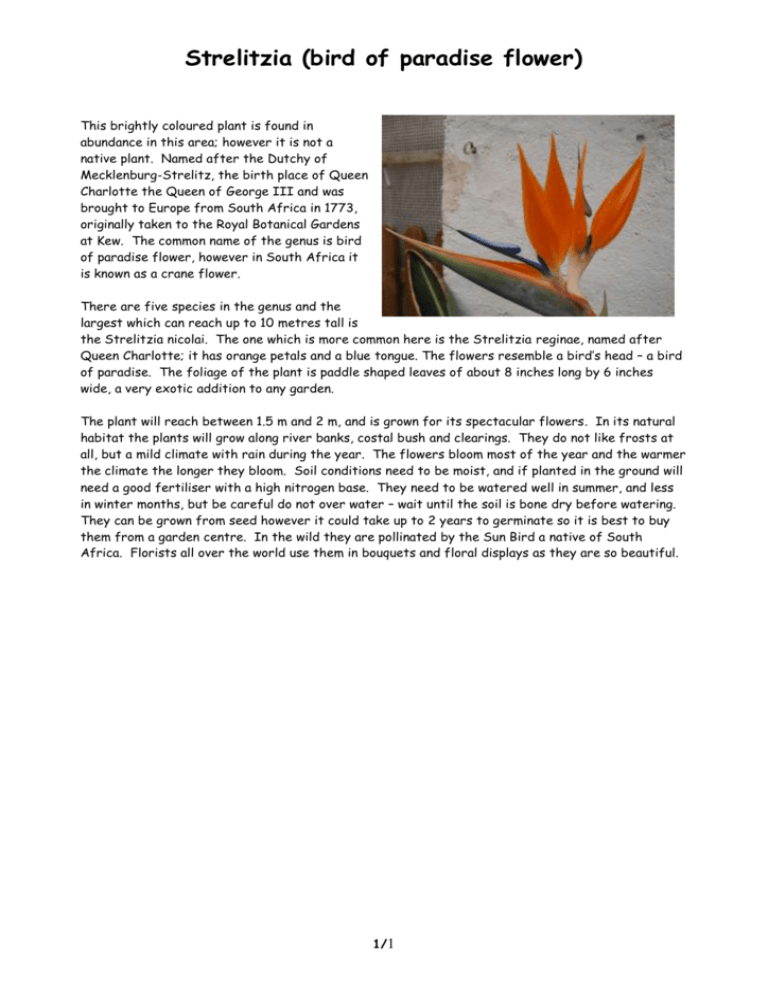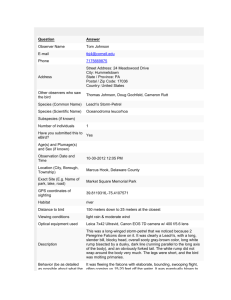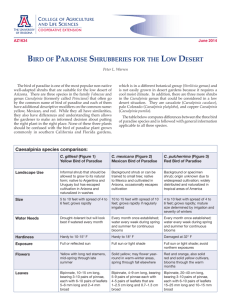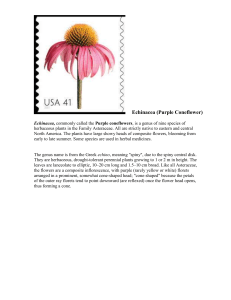Strelitzia is a genus of five species of perennial plants, native to
advertisement

Strelitzia (bird of paradise flower) This brightly coloured plant is found in abundance in this area; however it is not a native plant. Named after the Dutchy of Mecklenburg-Strelitz, the birth place of Queen Charlotte the Queen of George III and was brought to Europe from South Africa in 1773, originally taken to the Royal Botanical Gardens at Kew. The common name of the genus is bird of paradise flower, however in South Africa it is known as a crane flower. There are five species in the genus and the largest which can reach up to 10 metres tall is the Strelitzia nicolai. The one which is more common here is the Strelitzia reginae, named after Queen Charlotte; it has orange petals and a blue tongue. The flowers resemble a bird’s head – a bird of paradise. The foliage of the plant is paddle shaped leaves of about 8 inches long by 6 inches wide, a very exotic addition to any garden. The plant will reach between 1.5 m and 2 m, and is grown for its spectacular flowers. In its natural habitat the plants will grow along river banks, costal bush and clearings. They do not like frosts at all, but a mild climate with rain during the year. The flowers bloom most of the year and the warmer the climate the longer they bloom. Soil conditions need to be moist, and if planted in the ground will need a good fertiliser with a high nitrogen base. They need to be watered well in summer, and less in winter months, but be careful do not over water – wait until the soil is bone dry before watering. They can be grown from seed however it could take up to 2 years to germinate so it is best to buy them from a garden centre. In the wild they are pollinated by the Sun Bird a native of South Africa. Florists all over the world use them in bouquets and floral displays as they are so beautiful. 1/1







